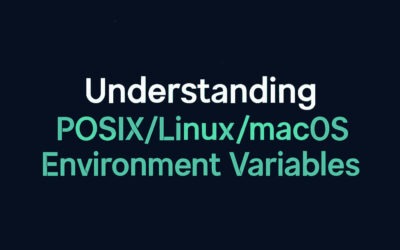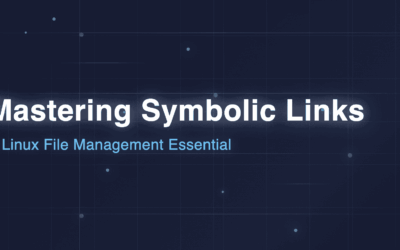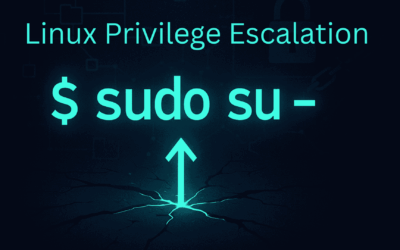Introduction Environment variables are a foundational concept in POSIX-compliant operating systems such as Linux and macOS. Despite their simplicity, they play a critical role in system behavior, script execution, application configuration, and—most...
Sandbox99 Chronicles
From My Sandbox to Yours — Practical IT Insights.
The Shebang Line Explained: Why Every IT Pro Should Care
What is the Shebang Line? The shebang line (also called hashbang or sharp-bang) is the character sequence #! followed by the path to an interpreter, placed at the very beginning of executable script files. It tells the system which interpreter to use when executing...
A Practical Guide to Brute-Force Testing with Hydra on Flask
In Ethical hacking, particularly brute-forcing, is a crucial aspect of cybersecurity. It involves using the same techniques as malicious hackers, but with authorization, to identify vulnerabilities and strengthen defenses. When it comes to Python Flask applications,...
Mastering Symbolic Links: A Linux File Management Essential
Introduction Hook: Ever wondered how some files seem to exist in multiple places at once on your Linux system? Or how software can find its libraries even if they're moved, seemingly without breaking? Enter the humble, yet powerful, symbolic link! Often overlooked,...
Linux Network Configuration Cheat Sheet
Introduction Linux, the powerhouse of servers and development environments, offers unparalleled control over networking. From simple home setups to complex enterprise infrastructures, understanding Linux network configuration is a fundamental skill. This cheat sheet...
Linux Privilege Escalation via Sudo: Understanding and Mitigation
Introduction Privilege escalation is a critical concept in cybersecurity, referring to the act of gaining elevated access to resources that are normally protected from an application or user. In the Linux ecosystem, one of the most common and powerful mechanisms for...






